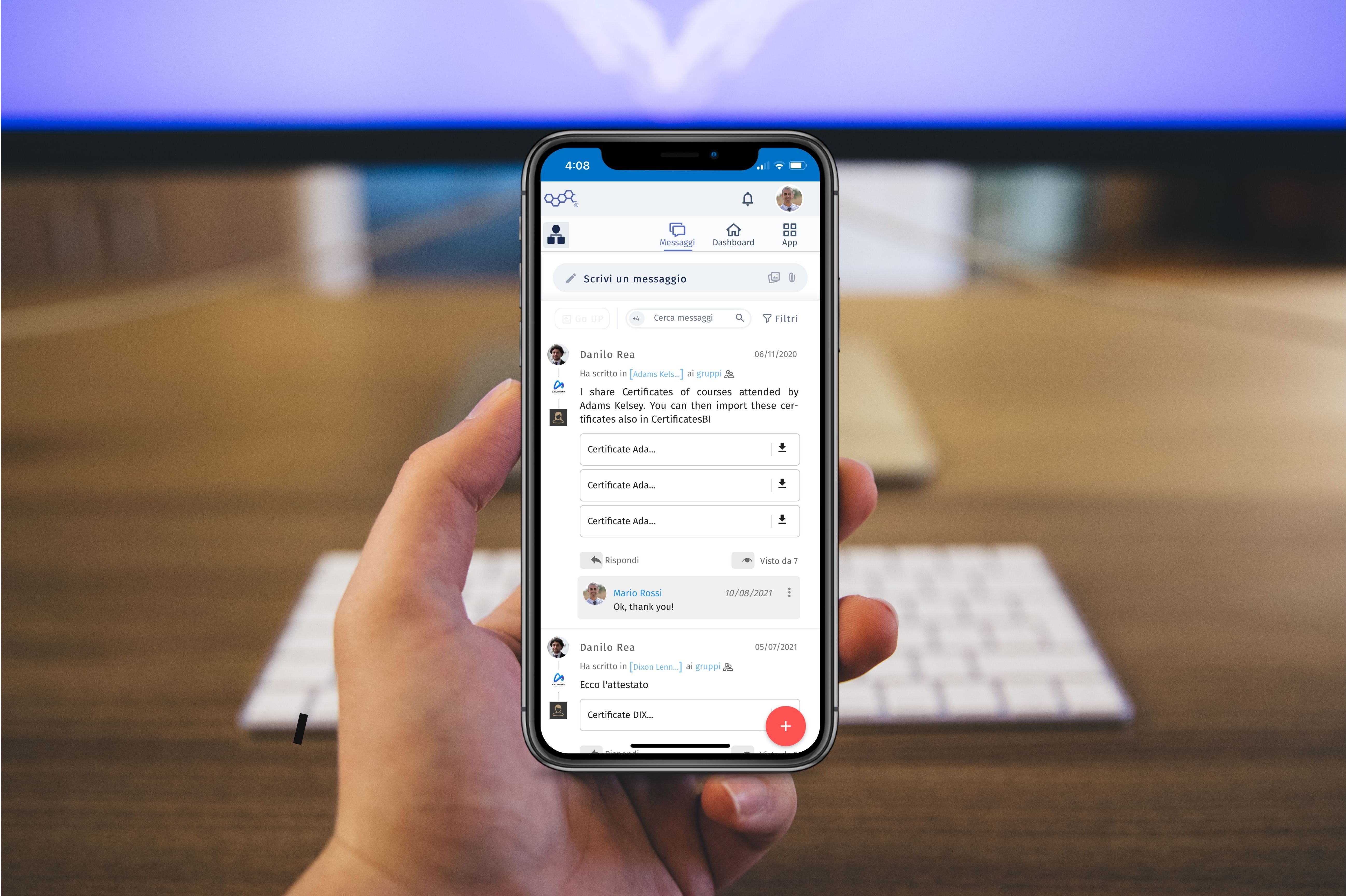Smart working at the time of Coronavirus – Barney’s version
These days news about Coronavirus is what everybody is talking about. The alert level is still high on the whole territory. We are all working to find the most effective ways to limit the contagion: businesses and companies are employing several emergencies measures, among which figures the use of a smart working system, in accordance with the ordinance the 23rd of February 2020 on the Gazzetta Ufficiale.
But what does “implementing a smart working system” really mean?
Implementing a smart working system requires a group of interventions that deeply impact our habits, processes and tools we work with.
The first habit to be challenged is trivially that of not having with us all the employees or colleagues in the office or at the same working hours.
Of course, having some staff working out of office is not a news. In almost every company it is always been normal that some roles, such as sales people or consultants, may work remotely, usually on customers’ sites. There are actually some companies, for example engineering ones, that work mainly in export, for which having many people working continuously out of office and/or distributed around the globe is always been the standard.
The difference is that now is all those business functions that historically manned the office who are starting to work remotely. The administrative functions, human resources, operations management and many other operatives that in the office play the role of representing the “factory” that continues to produce.
The groups of activities and processes that allows people to work effectively, independently from the location of their workstation, is part of the definition of smart working.
In this article we see an overview of methodologies and tools that can help implementing smart working in your company.
1. Methodologies
The methodologies applied are obviously different and relate to the organisation of the work. Whatever methodology or group of methodologies you will chose to adopt in a smart working perspective falls into the more general concept of “Digital Transformation”.
The approches most adopted in these past few years are those that go by the name of “Agile”. Scrum and KanBan are the most common ones, particularly in the software field. You will soon notice, if you haven’t done so already, that it is easier to apply the Agile methodology to areas in which is possible to define projects or teams, while it is more complicated to do so in accounting, marketing and in the more classical productive departments (and less digital).
There are other methodologies, always under the Agile name, that are better applicable to business functions which work for more continuative activities (such as marketing, administration and human resources). The field of study is still abuzz and the literature is constantly evolving.
The businesses that have already implemented Agile methodologies are aided in adopting smart working, because it is easy to:
- Plan and track the progress of medium-term activities,
- Plan, manage and track individual task assigned daily,
- Empower all the actors involved in the goals’ achievement,
- Share problems daily in order to intervene promptly,
- Share successes and advances to motivate people.
If on the one hand having applied the Agile methodology helps, on the other it is almost never true that the company is 100% Agile, but it is so here and there. Indeed, exactly because of the diversity of the various departments, we often find ourselves with departments that are 100% Agile and others that move mainly in an old way (or in a mixed way).
The solution to this inhomogeneity is suggested by the ‘Context Oriented Management’ (C.O.M.), proposed by BusinessRM. The C.O.M. is a comprehensive methodology that applies to the whole company and allows to integrate some Agile ‘sub-framworks’ to give an integral management of every department and business function. Adopting the C.O.M allows to not have random situations anymore and, given its ease of application, it allows to have a complete direction of your own process of digital transformation.
2. Tools
Work tools are several. The most commons ones are communication tools, from video chats and one-to-one chats that replace the old telephone, to collaborative platforms.
In this last field, that of collaborative platforms, there are a lot of specialties, from project management tools (many of which are today in an Agile point of view), to more horizontal platforms which allow to:
- have more people communicate with each other,
- make more people work in a coordinated way,
- share data and info from more systems and formats (files on cloud, tasks, events on calendar, reports),
- optimising the interaction with the management software already present in the company (often less evolved in digital transformation view but highly specialised for operations management).
Collaborative platforms, may they be generic or specialised, are in the majority structured around the concept of team. This is why they define themselves as “Team First”.
This is so because historically it was the software department which pushed the creation of these platforms and the developers act in teams and projects.
The collaborative platforms “Team First” especially on the communication side borrow many aspects from the “User First” communication platforms (namely focuses on the user), such as WhatsApp. This is why in Slack, Microsoft Teams or peers – for example – you can find group chat also present on WhatsApp, with more evolved characteristics but with very similar limits.
The first limit of the “Team First” platforms is that you have to work by communication “silos”. To make a practical example, you have to open every single chat (or channel) to understand what it is about. These threads then match the topic (or process) with the people that have to discuss it, without though being able to differentiate the roles (or better the business functions) that are communicating on that thread. This means that to many channels correspond many “threads” or chats to follow.
Hence gradually, as focused discussion groups are created, the threads multiply. This brings on an uncontrolled management of workflow and growth of the channels.
So, adopting “Team First” platforms for the whole company can be counterproductive in many cases. This is why another category of collaborative platforms has been designed to solve this problem and make work the WHOLE organisation and not just the small teams. The platforms proposed by BusinessRM is conceived in this “Organisation First” view.
If you want to adopt smart working for your company, we suggest adopting an Organisation First platform, in order to avoid losing control over the performance of all the activities spread among different departments.
The “Organisation First” platform proposed by BusinessRM is SweetHive, which comes as the only one currently on the market designed with this new rationale.
SweetHive allows to create Digital Hives through which is possible to control micro businesses as well as big companies.
Through SweetHive’s API is also possible to integrate internal management software to share information between the different business functions.
The Digital Hives have a hierarchical structure of contexts which allows the management of both internal and external processes. The possibility to make the group chats communicate with one another, on the other hand, enables the possibility to work by business functions or departments rather than by teams.
The union of this two features (technically “Context Sharing”) allows to quickly create a virtual collaborative environment coherent with your own business quality system, which integrates well with the Agile Context Oriented Management methodology.
Motivating people, operative speed and efficiency, decision support are only some the main features of a digital hive: a very simple solution to achieve smart working in business.
Need help to set up smart working in your company?
Discover our support groups to help companies like yours to adopt smart working quickly and above all effectively.



